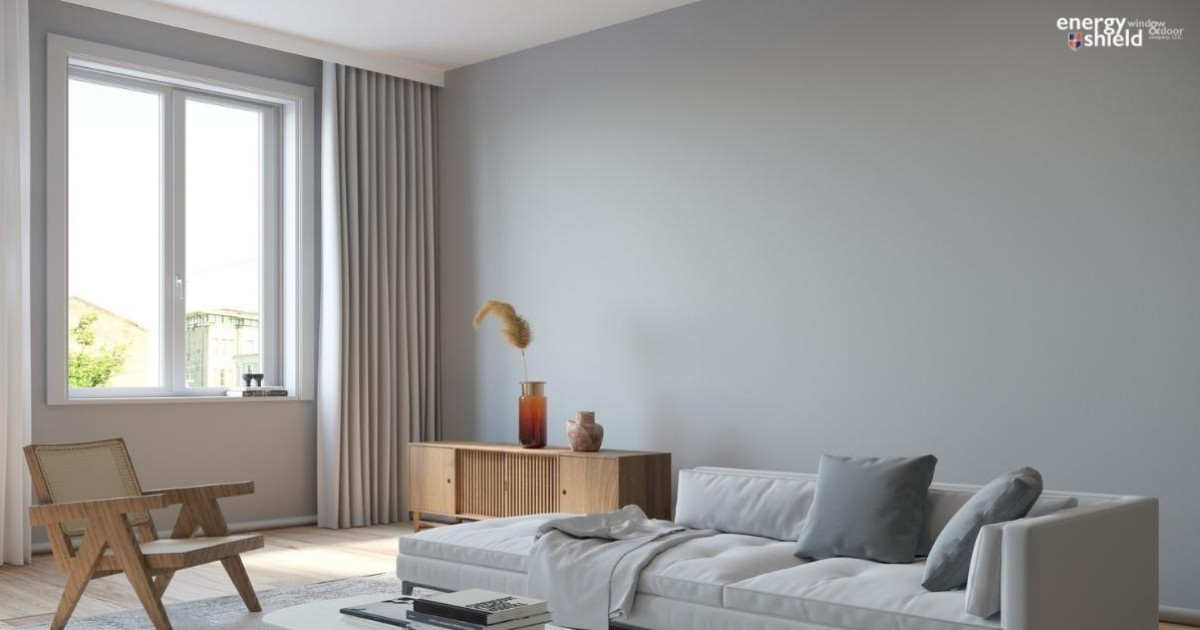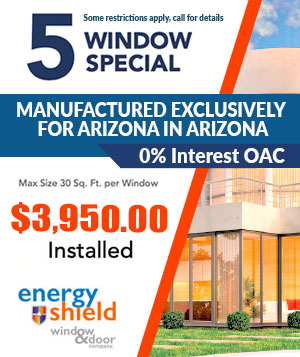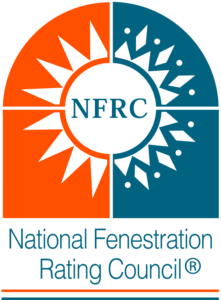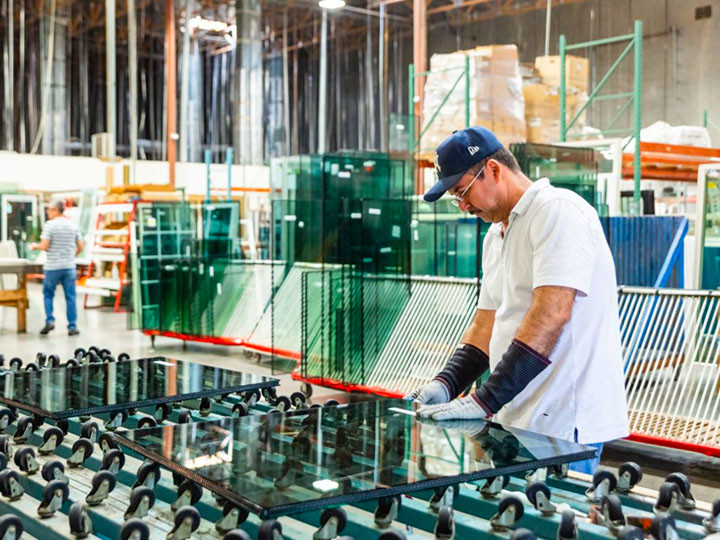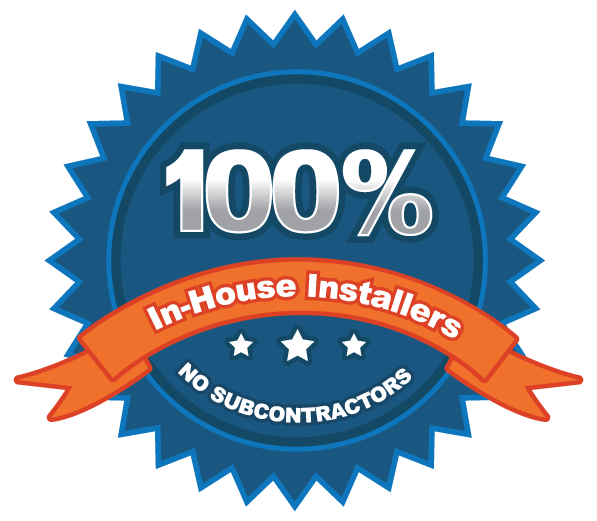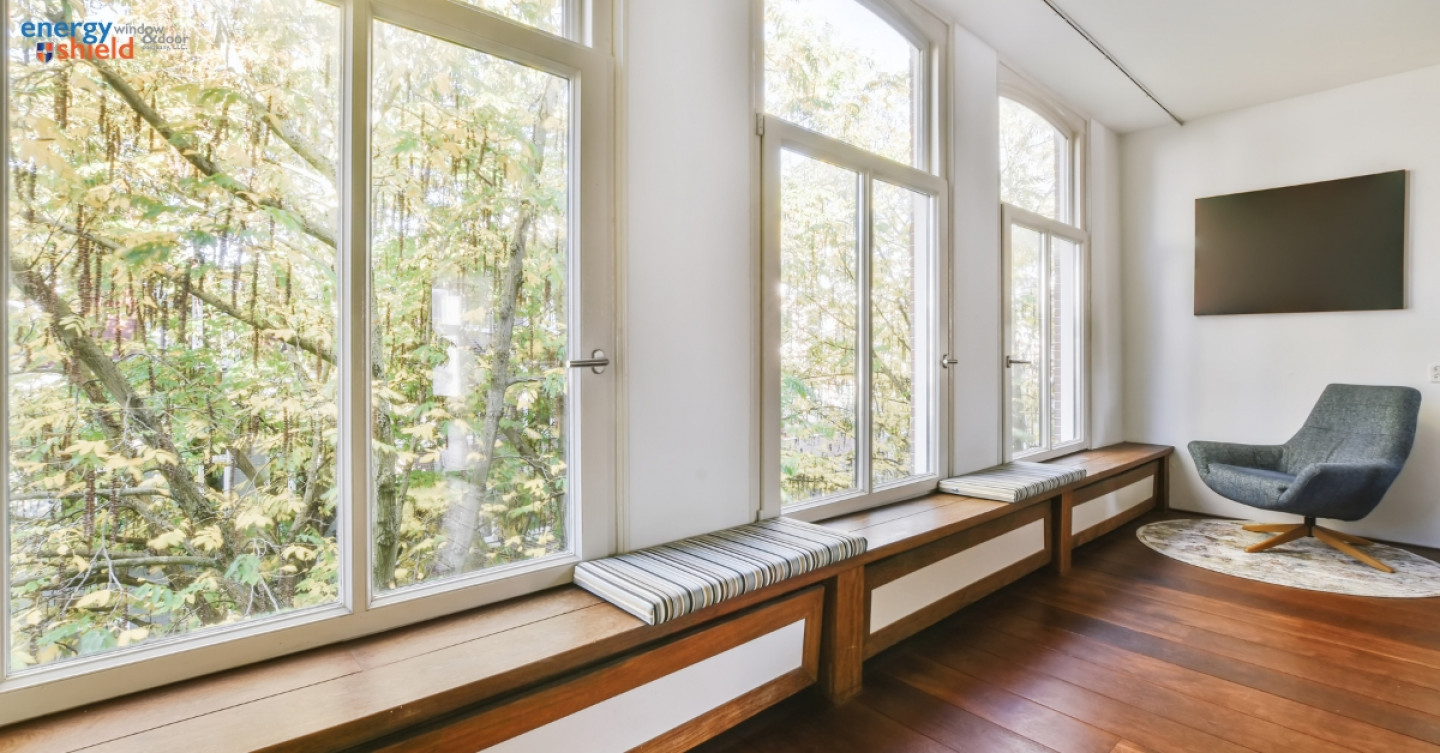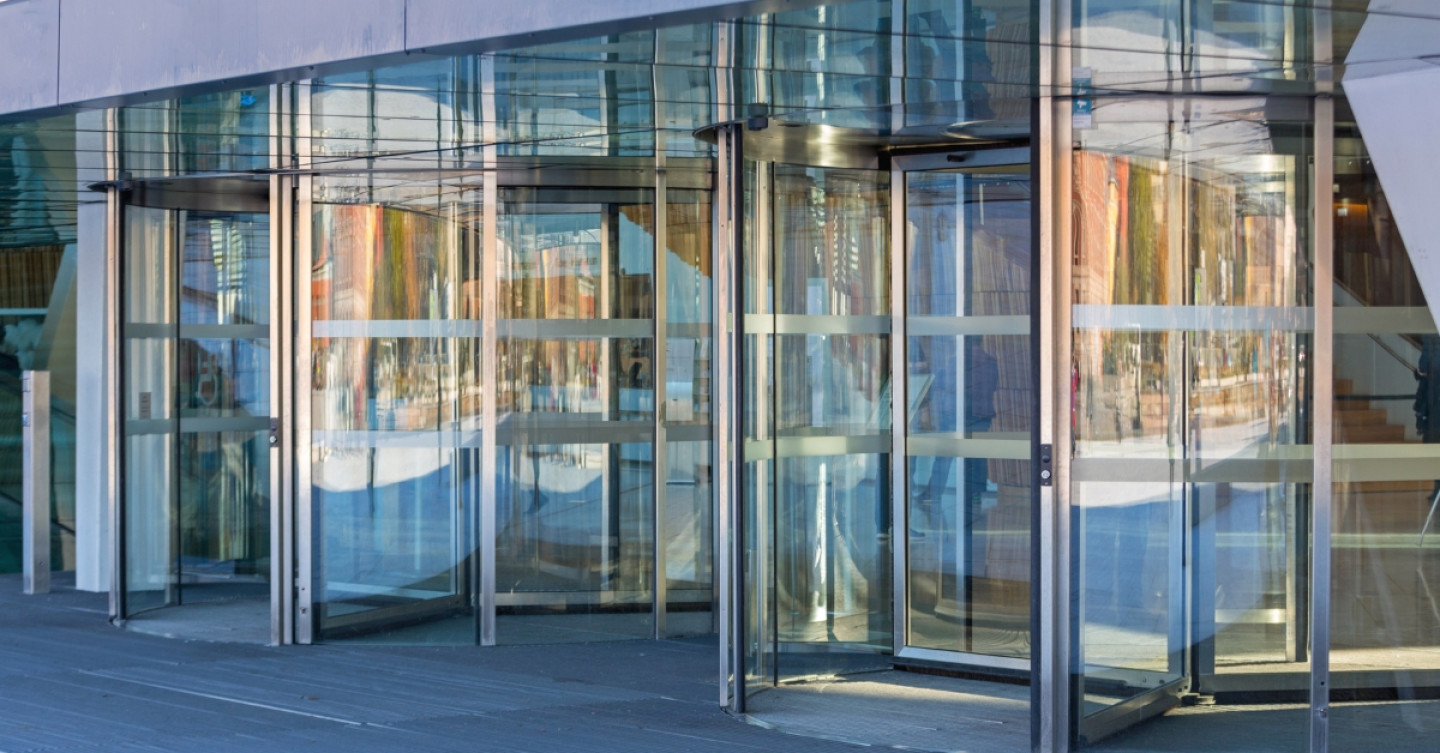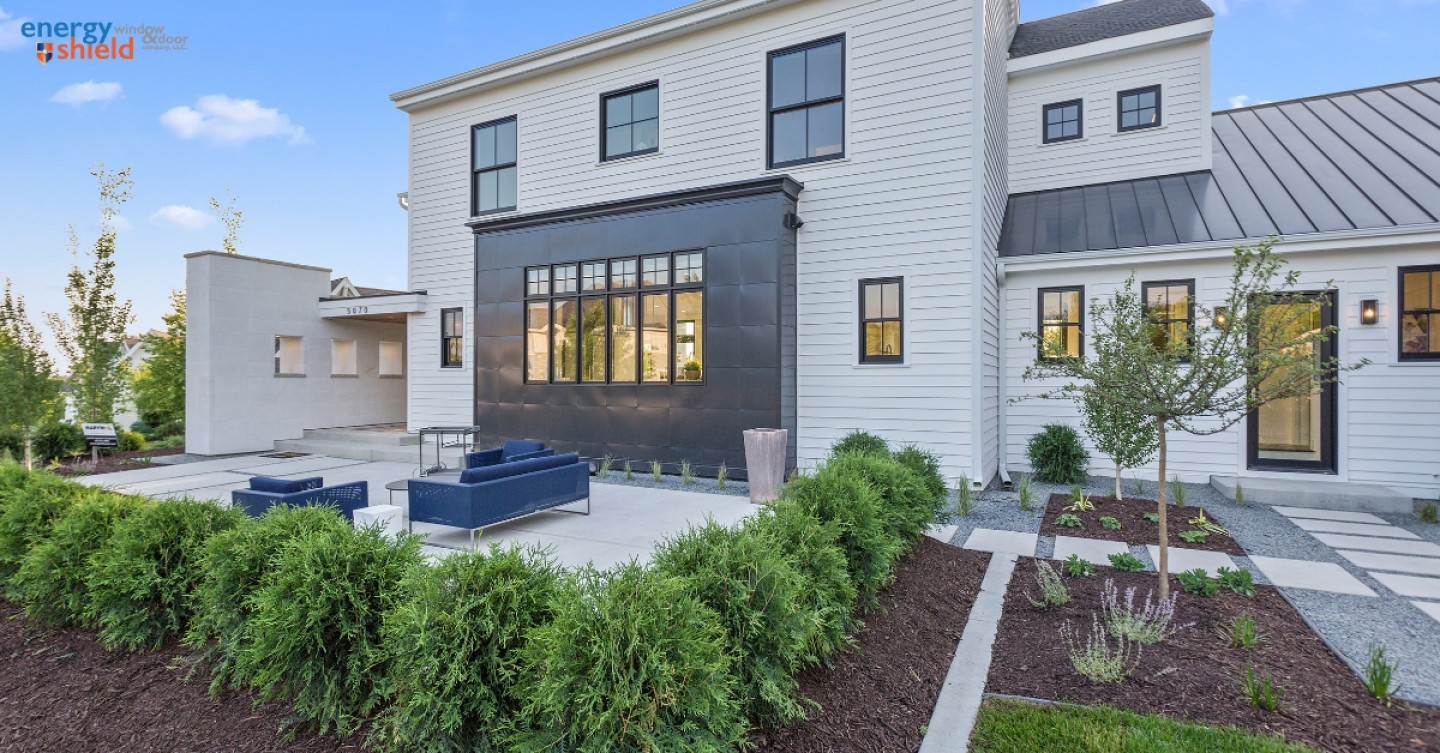Buying new replacement windows for your home can seem too expensive. On the other hand, keeping old windows can also cost too much. Inefficient windows allow so much heat and air conditioning loss that they cause a lot of money loss through air leaks and free temperature transference through the inferior glass. There’s also the lost comfort in a drafty home and the loss of convenience in frustrating worn-out windows that function poorly. Plus, window eyesores can reduce your property’s resale value. New energy-efficient windows solve these problems.
Do most or all of the above costs from old windows apply to your home? If so, that means it is costing you more to live in an uncomfortable, inconvenient home with needlessly high electricity bills than you would pay if you invested in new windows!
Your home can be much more comfortable, convenient, and energy-efficient, and your property value can be increased, making new windows a strong investment. Updated windows are a great investment in your quality of life in your home, in reducing your energy costs, and in raising your property value.
Cost of Home Window Replacement
You’re ready to replace your old worn-out windows, but you need to make sure you’re getting the best possible value for your window replacement costs. Here are the factors to include in your cost considerations when you’re choosing new windows for your home:
House Windows Types
Of the wide range of beautiful window designs, some of the most popular are double-hung windows, casement windows, bay windows, picture windows, and others. Windows that are more complex to manufacture and/or require more materials or more expensive materials are higher in cost than more basic window types.
Window Size
Naturally, as with anything you buy, large-sized new windows cost more than smaller ones. They require more material and labor to build them and install them. They also take more storage space. Shipping and delivery costs are higher, and even warranty costs are higher for bigger windows.
Window Glass Type
Advanced glass treatment technologies have produced today’s state-of-the-art replacement windows. They’re built for maximum energy efficiency. The best replacement windows feature low-E glass and double-pane windows with inert gas fill to slow the transfer of heat between the interior and exterior sides of the window. These window types cost more than standard windows that are not optimized for energy efficiency.
Home and Window Location
An often forgotten cost factor in window replacement is the location of your home and the locations of the windows in your home. If you live in a rural area far from the dispatch point, installation may cost more due to the driving time. Or, if your window replacements are to be done on the third or fourth floor of your house, installation can cost more than in ground floor windows in an urban location.
Window Frame Materials
Today’s most popular energy-efficient models are usually manufactured using one of the following three materials for window framing:
- Aluminum: Aluminum costs much less than other options, but it is not used much in residential buildings because it’s less visually appealing and less energy efficient.
- Vinyl: Construction vinyl is the most cost-effective and lowest maintenance. It’s more durable than wood and offers the overall best value in energy-efficient windows.
- Wood: Wood is still used in older homes for authenticity. But it’s the most expensive framing option, and it’s less energy-efficient than today’s vinyl frames.
Energy Efficiency
Double-paned glass with argon gas fill provides exceptional energy efficiency, noise insulation, and interior dust control. Invisible low-E coating further inhibits the transfer of heat between the glass panes for optimum performance. Triple-paned glass with krypton gas fill provides even higher insulation value, but it is much more expensive, making double-paned windows today’s best value and most popular energy-efficient window option for residential installation.
Window Installation Charge
Your window installation cost is based on the labor hours and materials used. For example, installing a bay window may require reconstructing the raw opening, whereas a standard double-hung window may be installed quickly with no structural work or materials. So installation cost of the standard window will cost considerably less.
Window Suppliers
Absorbing markups cost consumers more than buying windows factory-direct due to the necessary markup retailers must add to the price in order to make a profit. There are other differences in buying retail vs. buying factory direct. So, have each supplier all delivery, materials, labor, and other pricing information, and their service policies, product guarantee, and their service warranty, any rebates, obtaining permits, protecting your property, and cleanup commitments, and other inclusions in writing before placing your order.
Comparing Costs of Replacement Windows
Prices are in the same general range, and price differentials are usually due to differences in window sizes, glass types, and frame materials. For example, a custom-shaped window may require some reconstruction of a window opening to complete installation, which impacts cost.
Best Value in Windows for Arizona Homes – Energy Shield
We are Arizona’s leading manufacturer of energy-efficient windows. Our customers save a significant amount of money by buying factory-direct from us. Having the benefit of factory-trained, industry-certified installers saves more by having the job done right the first time and as quickly and efficiently as possible. Service quality is also higher, and third-party warranty issues are eliminated by dealing directly with the manufacturer. Browse our online gallery.
See our many special offers and ask about our 0% financing!
For the best value in windows built for the Arizona climate, contact Energy Shield Window & Door Company at (623) 936-3758 or online, and ask for a free in-home estimate.




